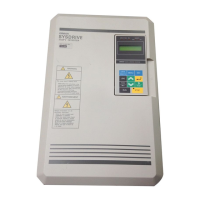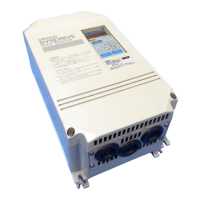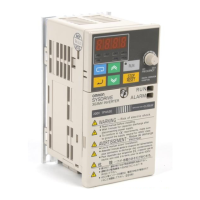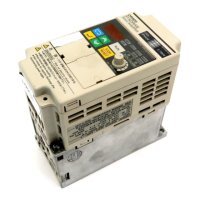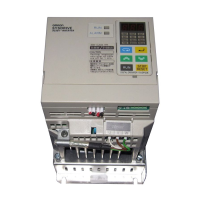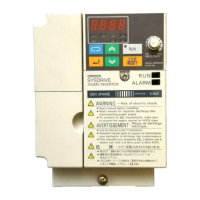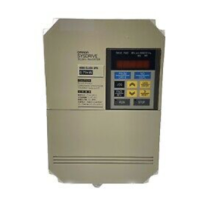7
nProtocol
Macro
Function
The
protocol
macro
function
makes
it
possible
to
customize
a
communications
protocol
in
order
to
create
a
macro
according
to
the
specifications
of
the
serial
communications
port
of
a
general-purpose
peripheral
device.
The
protocol
macro
function
is
mainly
used
for
the
following
jobs.
• Creation
of
the
message
communications
frame
• Creation
of
Send
&
Recv
procedures
for
the
message
communications
frame
Creating
a
Message
The
message
can
be
created
according
to
the
communications
specifications
of
the
general-purpose
peripheral
device
(Inverter)
as
a
counterpart.
A
DSR
message
can
include
variables
to
set
data
in
the
I/O
memory
(such
as
data
memory)
of
the
CPU
Unit
or
write
response
data
to
the
I/O
memory.
Each
component
of
a
message
is
in
the
memory
of
the
Communications
Board.
Therefore,
the
CPU
Unit
can
just
execute
the
PMCR
instruction
to
send
or
receive
the
data,
with
no
need
to
write
ladder
programs
for
the
communications
protocol.
Fig 6.62 Creating a Message
Step
to
Send
and
Receive
Messages
Sending
and
receiving
messages
as
a
single
step
includes
step-type
commands,
such
as
Send,
Recv,
Send
&
Recv,
and
Wait
commands.
The
step
can
be
finished
or
switched
to
another
step
according
to
the
result
of
the
step.
Fig 6.63 Sending and Receiving Messages
TERMS
This manual uses the terms “message, DSR message, and response” to express the communications data
exchanged.
Message: A DSR message or response.
DSR message: A message sent by the Master for instructions to the Inverter.
Response: A message that the Inverter returns in compliance with a DSR message from the Master.
PMCR Instruction
SYSDRIVE 3G3RV
Send
CPU Unit
DSR message
Reception
Response
Serial Communications Board
PMCR Instruction
SYSDRIVE 3G3RVCPU Unit
Next process
according to
the result.
Step 0
To step n according
to the result
Serial Communications Board

